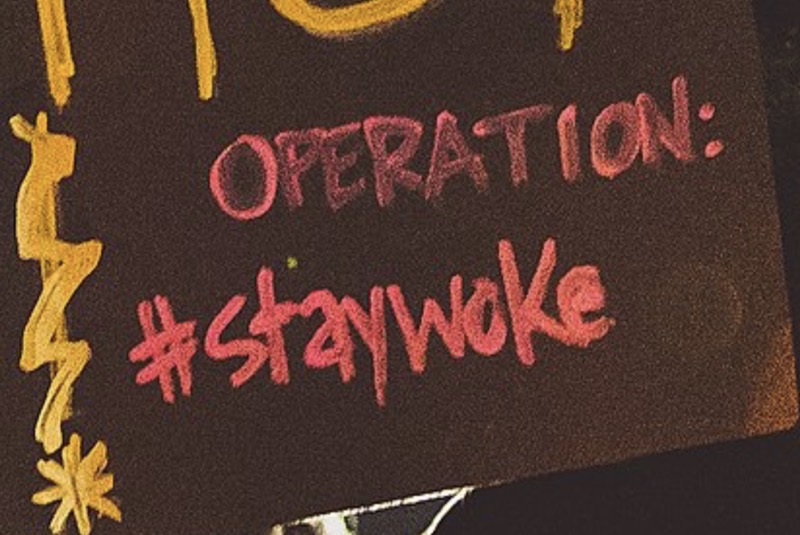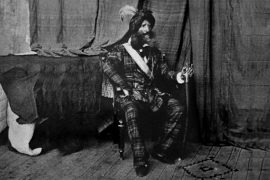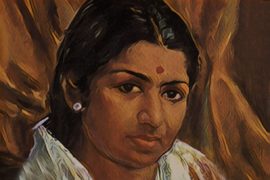In the recently published World Happiness Report, 2023, India ranked 126 out of 136 countries. Soon after, Sabyasachi, a fashion brand, launched an ad campaign in which brown-skinned models dressed in Sarees look gloomy.
Soon, Twitterati trolled Sabyasachi for this portrayal of Indian women. “Saw this picture of # Sabyasachi’s models with gloomy faces. Didn’t like it,” tweeted one. “They all seems malnourished…..,” said another.
It isn’t unusual for an ad campaign to reflect on or challenge social norms. Popular culture often captures the viewer’s or reader’s attention by provoking thought. Using provocative imagery, Sabyasachi grabbed the audience’s attention and created a social media buzz. Soon, the Sabyasachi ad campaign made it to newspaper op-eds, took a new turn and gained a life of its own.
This isn’t a recent phenomenon. Even in the past, ad campaigns challenged existing social norms. For instance, until recently, sexuality – in popular culture or advertising – was represented by fair and skinny models; most brands used fair-skinned models to sell their products.
But some brands tried to change the idea of fair-skinned models. Sabyasachi, for example, launched an ad campaign for their luxury Mangal sutras. Images of a dusky, plus-size model leaning on the bare chest of a dusky man with a beard made their way into airwaves. This campaign irked India’s right-wing political outfits. It also caused a massive uproar on Twitter.
Why the uproar? Sabyasachi’s portrayal of sexuality – in unusual forms – challenged social norms. A woman with a Bindi (which symbolises marriage according to Hindu customs) rests on a man with a beard (symbolic of a Muslim man). Moreover, according to Hindu traditions, a Mangal sutra is considered a sacred symbol of marriage, traditionally associated with a man and a woman. However, the Sabyasachi campaign also featured people from other genders and sexualities wearing the mangal sutra.
Reacting to the ad campaign, people asked questions on social media: “Why should only a heterosexual couple wear a Mangal sutra?,” asked one. “Why shouldn’t an interfaith couple wear a Mangal Sutra?,” asked another.
Through this ad campaign, Sabyasachi tried to challenge social norms. However, following a threat of legal action by the Home Minister of Madhya Pradesh, the campaign was taken down three days after its launch. But Sabyasachi campaign had the intended impact. The brand penetrated deep into the audience’s grey cells.
One can infer that this campaign’s target audience is India’s youth, specifically millennials and Gen-Z. These two groups have constantly voiced their opinions in the last few years, challenging gender stereotypes on social media. While listening to the younger generation, these ad campaigns have created a new social consciousness.
Sabyasachi is not the only brand that uses provocative imagery to appeal to the youth. Other brands like Levi’s and Dabur Fem Bleach have also forayed into this territory.
Brands, especially luxury brands, have tried to question social norms by creating ads different from the usual. Tanishq, a Jewellery brand, also attempted to show a Hindu woman marrying a Muslim man. The ad irked Hindutva extremists. The idea of an inter-faith couple (A Muslim man and a Hindu woman being together) did not sit well with them. Soon, it became a political issue. The company cowed under political pressure and took down the ad.
But the ad created controversy and generated a lot of noise on social media. Editorials pointed out the regressive politics which forced brands to take down such ads. And it became a national issue. The company gained more publicity than it would otherwise have.
Here’s yet another example: after the #BlackLivesMatter movement gained popularity, Indian brands were criticised for promoting racism by pushing an obsession with fair skin. The backlash against ‘colourism’ led to a total rebranding of products. Fair and Lovely, for instance, changed their name to Glow and Lovely. L’Oreal removed any mention of whiteness, fairness and the like from all their brand packaging.
But why are these brands trying so hard to appeal to the younger audience? According to a report published in 2019, ‘Gen-Z’ makes up the second biggest-audience for luxury items; they comprise twenty-five per cent of the audience.
Such ad campaigns, through their woke ad campaigns, are pushing the boundaries of social consciousness. By replacing obsolete ideas with progressive ones, brands are pushing the boundaries of thought and reaching their target audience.
-30-
Copyright©Madras Courier, All Rights Reserved. You may share using our article tools. Please don't cut articles from madrascourier.com and redistribute by email, post to the web, mobile phone or social media.Please send in your feed back and comments to editor@madrascourier.com











